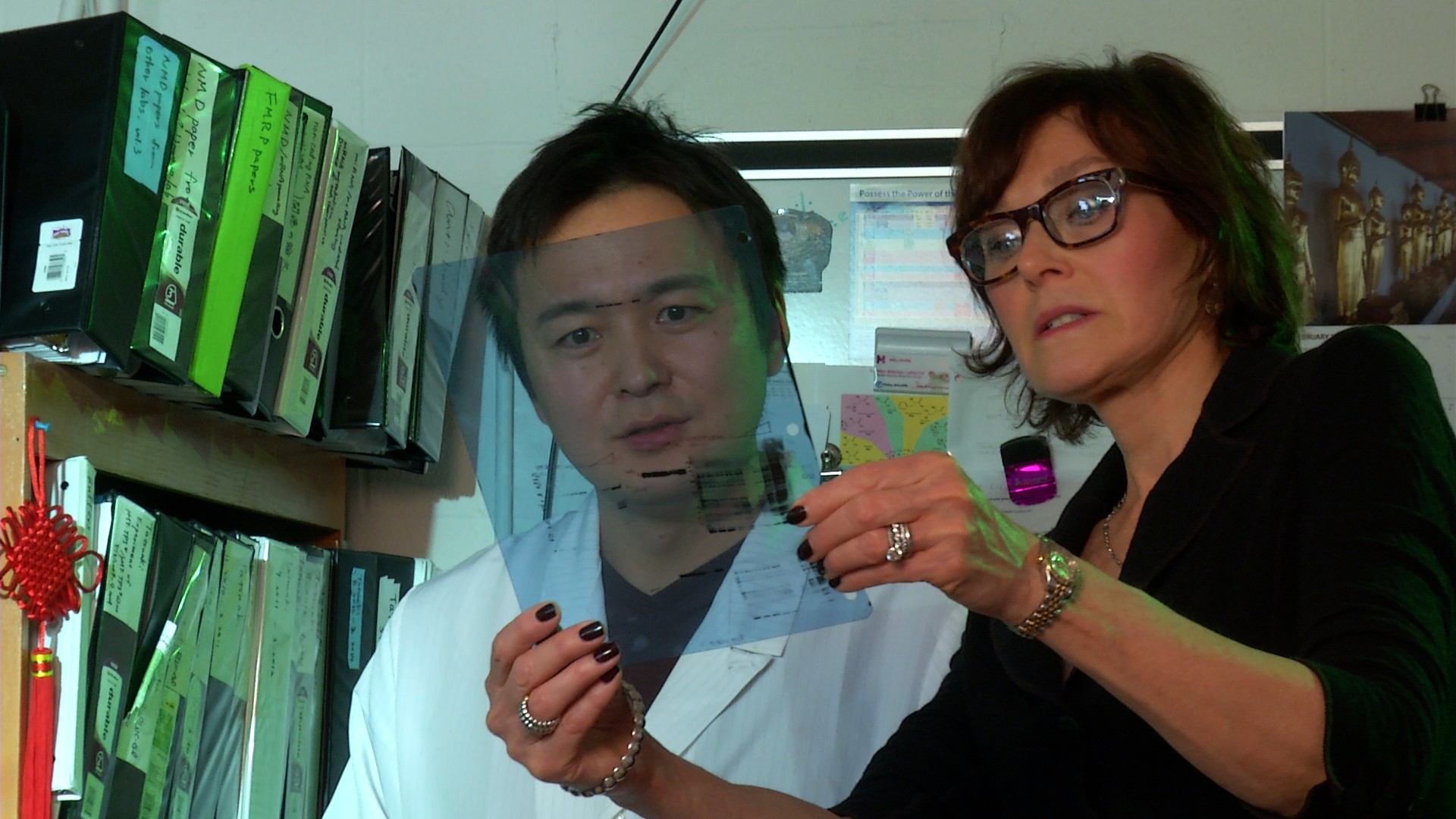Repurposing Drugs to Dampen Hyperactive Nonsense-Mediated Decay in Fragile X Syndrome

Lynne Maquat, PhD
Principal Investigator
Tatsuaki Kurosaki, PhD
FRAXA Fellow
University of Rochester
Rochester, NY
2015-2016 Grant Funding: $90,000
With support from the Boston Bruins Foundation
Summary
Dr. Lynne Maquat and Dr. Tatsuaki Kurosaki will investigate nonsense-mediated mRNA decay (NMD) in Fragile X. NMD is a “housekeeping” process that cells use to prevent faulty proteins from being made. But there is too much of it in Fragile X syndrome. There are already available drugs that suppress NMD – including caffeine — and so if this project is successful, it could lead to new off-the-shelf Fragile X treatments.
The Results
The team found that when FMRP is absent from cells, as it is in people with Fragile X syndrome, nonsense-mediated mRNA decay shifts into overdrive. Results published.
The Science
Fragile X syndrome is the result of abnormally large expansions in the Fragile X gene that silence gene expression. When silenced, cells fail to produce a protein, FMRP, which is critical for our neurons to function properly.
At the molecular level, FMRP represses the production of other proteins that mediate neuronal maturation and synaptic plasticity either directly or indirectly.
We have serendipitously found that a cellular RNA destruction mechanism studied in our laboratory, called nonsense-mediated mRNA decay (NMD), is hyperactive in Fragile X syndrome, providing new insight into the cause of this disease. There are already drugs on the market that have been shown to inhibit NMD — including caffeine — and that we propose can be re-purposed for this outcome. We expect our studies will provide a more complete understanding of the cellular abnormalities that cause Fragile X syndrome so as to aid in the development of previously unforeseen and efficacious therapeutic strategies.

